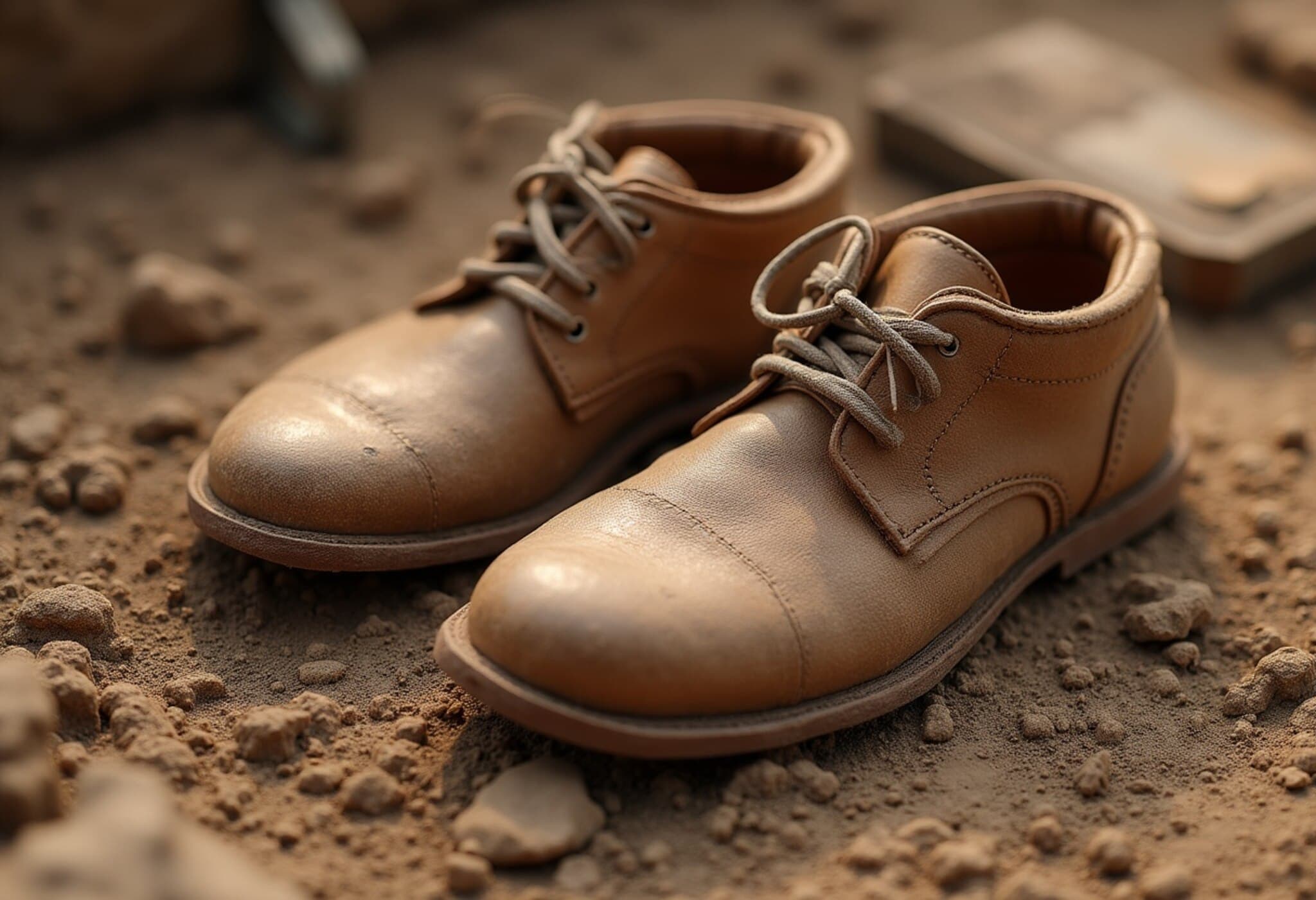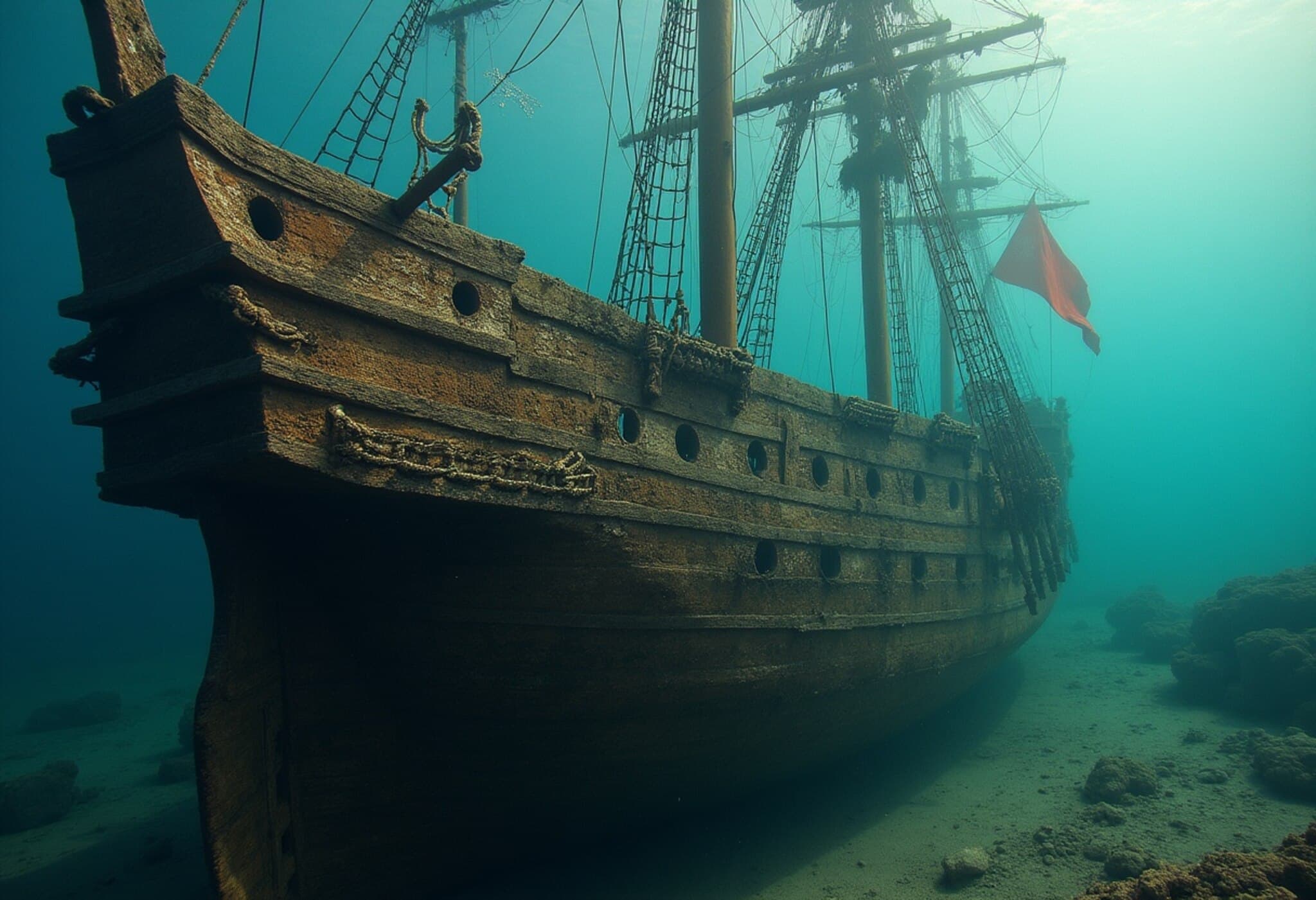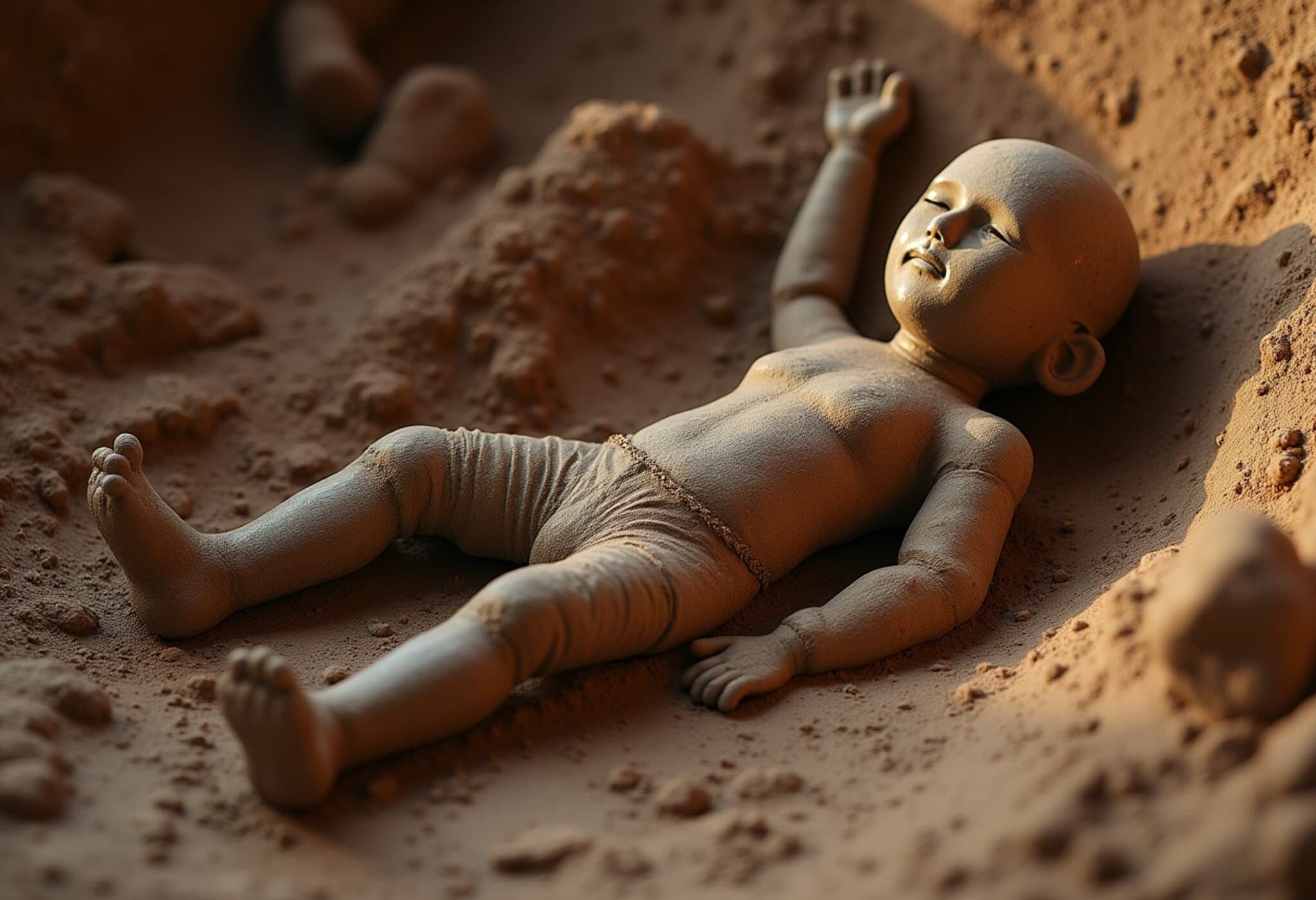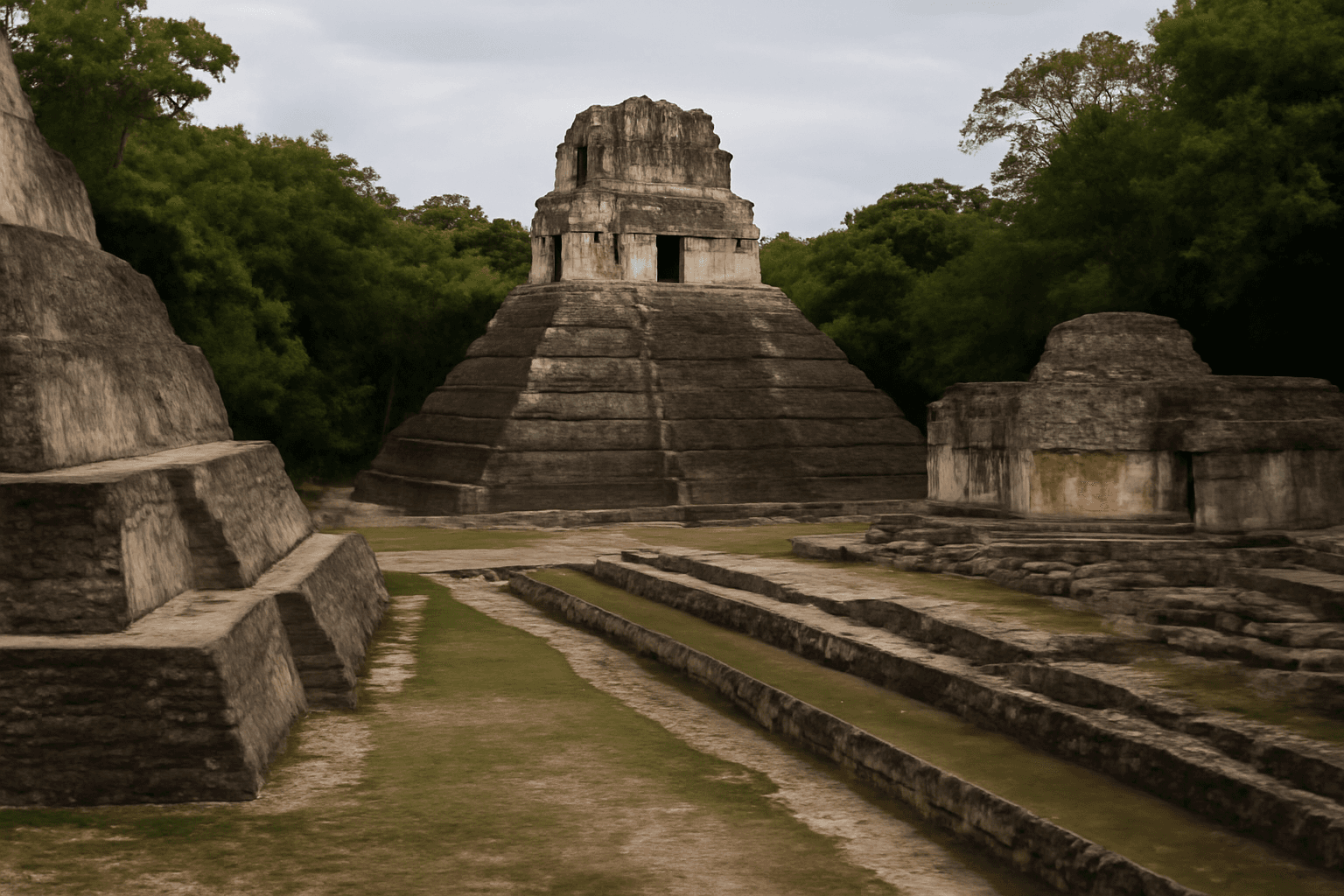Revealing a 10,500-Year-Old Face from Belgium
Scientists have reconstructed the face of a woman who lived around 10,500 years ago in what is now Belgium. This groundbreaking work draws from DNA extracted from her remains and breathes life into a prehistoric individual, uncovering details about her appearance, including skin tone, eye color, and hair.
Unearthing Genetic Diversity Among European Hunter-Gatherers
The discovery challenges long-held beliefs about the genetic uniformity of European Mesolithic populations. Contrary to earlier assumptions suggesting that these hunter-gatherers shared similar genetic traits, the findings unveiled notable variability.
Led by researchers at Ghent University, including Project Lead Isabelle De Groote, the team found that the woman had lighter skin than many previously studied Mesolithic individuals, paired with striking blue eyes. She was estimated to be between 35 and 60 years old when she lived.
The archaeological team noted distinctive features such as a high nasal bridge and pronounced brow ridges, traits reminiscent of the Cheddar Man, a famous prehistoric find in the UK.
As archaeologist Philippe Crombé explained, while most Mesolithic DNA fits broadly into a genetic group, regional diversity was expected even back then, much as it exists today.
The Burial Site and Its Cultural Insights
The woman’s skeleton was excavated from the Margaux cave near Dinant during digs conducted in the late 1980s. Alongside her were the remains of eight other women.
- Many of the bodies were adorned with ochre, a red pigment often linked to ritual or symbolic practices.
- Stone fragments covered the remains, and one skeleton exhibited cut marks made after death.
De Groote described the cave as a “place of memory,” used repeatedly over centuries despite the mobile lifestyle of these hunter-gatherer groups. According to Crombé, their dependence on natural resources meant they frequently relocated their settlements, yet returned to specific burial sites.
Ongoing Research: Exploring Connections and Diet
Researchers are now focused on deciphering relationships among the women buried together, aiming to understand family ties or social structures within these groups. Further study of their dietary habits is underway, including analyses of fish consumption, which could shed light on the local environment and subsistence strategies.
This reconstruction and the genetic insights it provides open new windows into the complexity and diversity of Europe’s earliest inhabitants, shifting perspectives on ancient human variation.











